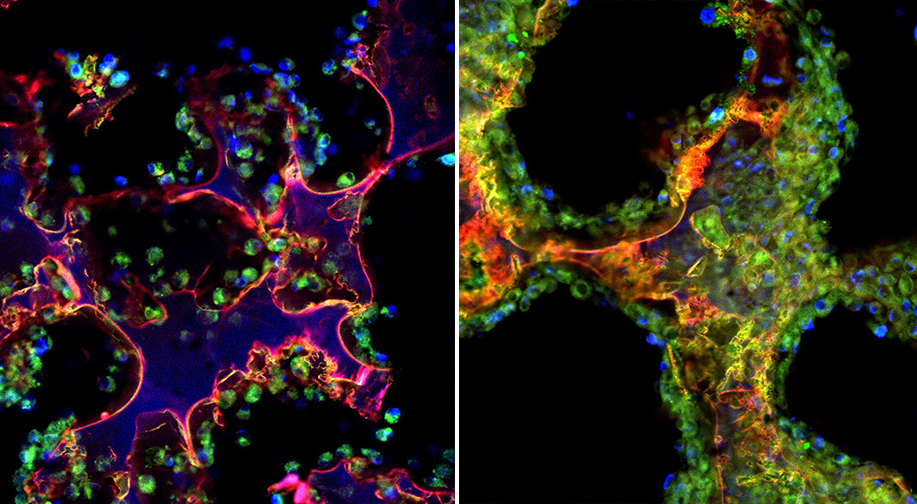
Scientists have developed a bone-healing system in mice that prompts stem cells to regenerate bone at the site of injury. A biodegradable scaffold placed in the damaged area releases nanoparticles that deliver a bone-building drug to nearby stem cells, triggering targeted healing. In the images above, uptake of nanoparticles (green) into bone marrow stem cells clearly increases 4 hours (left) and 24 hours (right) after placement on the scaffold.
The NIDCR-supported work is part of an effort to find more effective ways to repair bone defects that arise from disease or injury. Today’s standard of care is to use bone grafts, where bone from another part of the body is transplanted into the damaged area. But because this procedure can cause infection or nerve damage, scientists have been exploring strategies to regenerate bone cells onsite, inside the body.
In the current study, the investigators placed the nanoparticle-releasing scaffold in mice that had skull bone defects. After 6 weeks, the team saw substantial regeneration of new bone, and the size of damaged areas declined by 50% on average.
“Our nanoparticle-packaged drugs could be useful in many clinical situations where bone grafting is required to treat non-healing skeletal defects and related bone pathologies,” says study senior author Min Lee, PhD, a professor of biomaterials science at the University of California, Los Angeles.
Reference
Smoothened agonist sterosome immobilized hybrid scaffold for bone regeneration. C.-S. Lee, S. Kim, J. Fan, H. S. Hwang, T. Aghaloo, M. Lee. Sci. Adv. 2020 Apr 22;6(17):eaaz7822. doi: 10.1126/sciadv.aaz7822. eCollection 2020 Apr.
Article Source: National Institute of Dental and Craniofacial Research

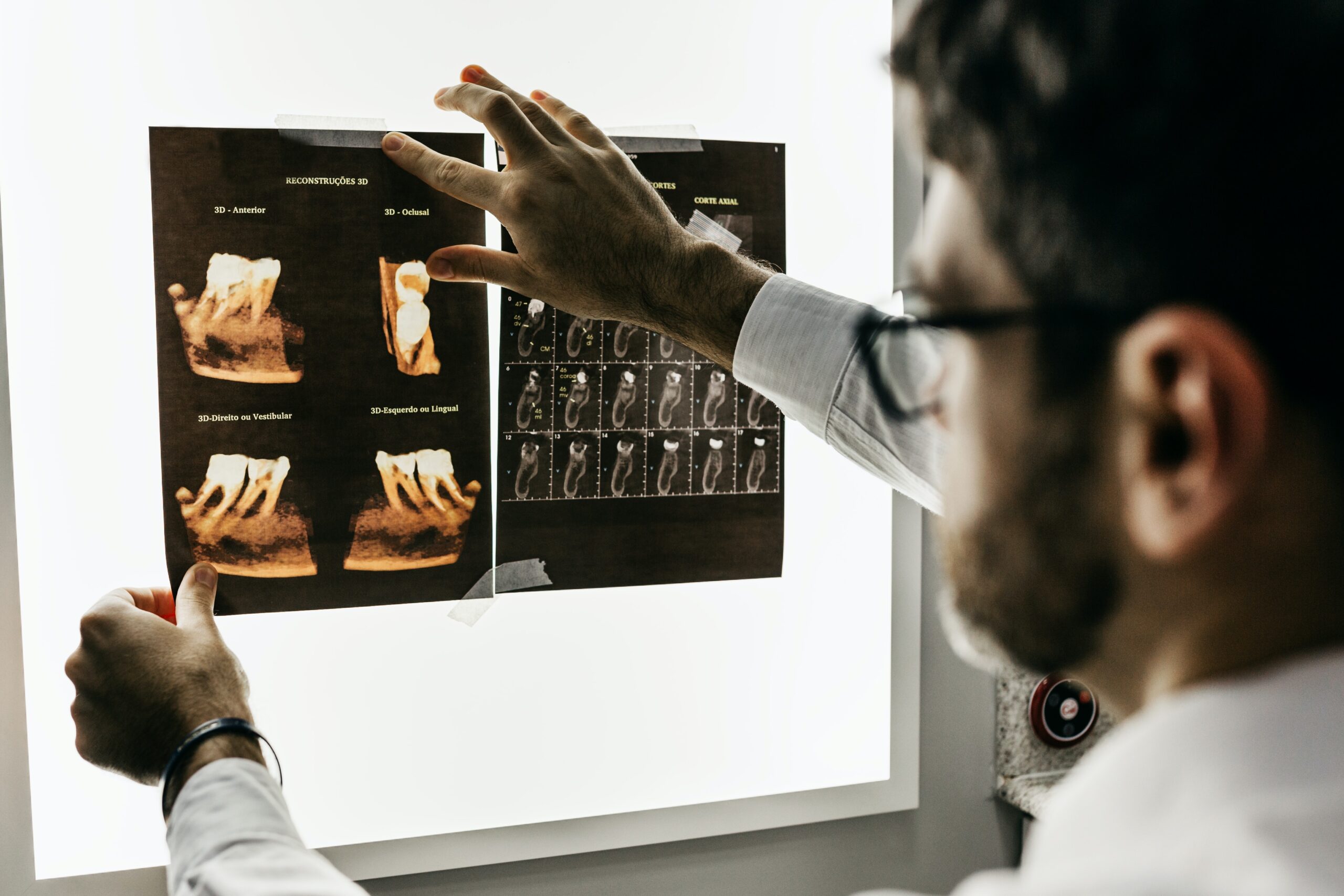

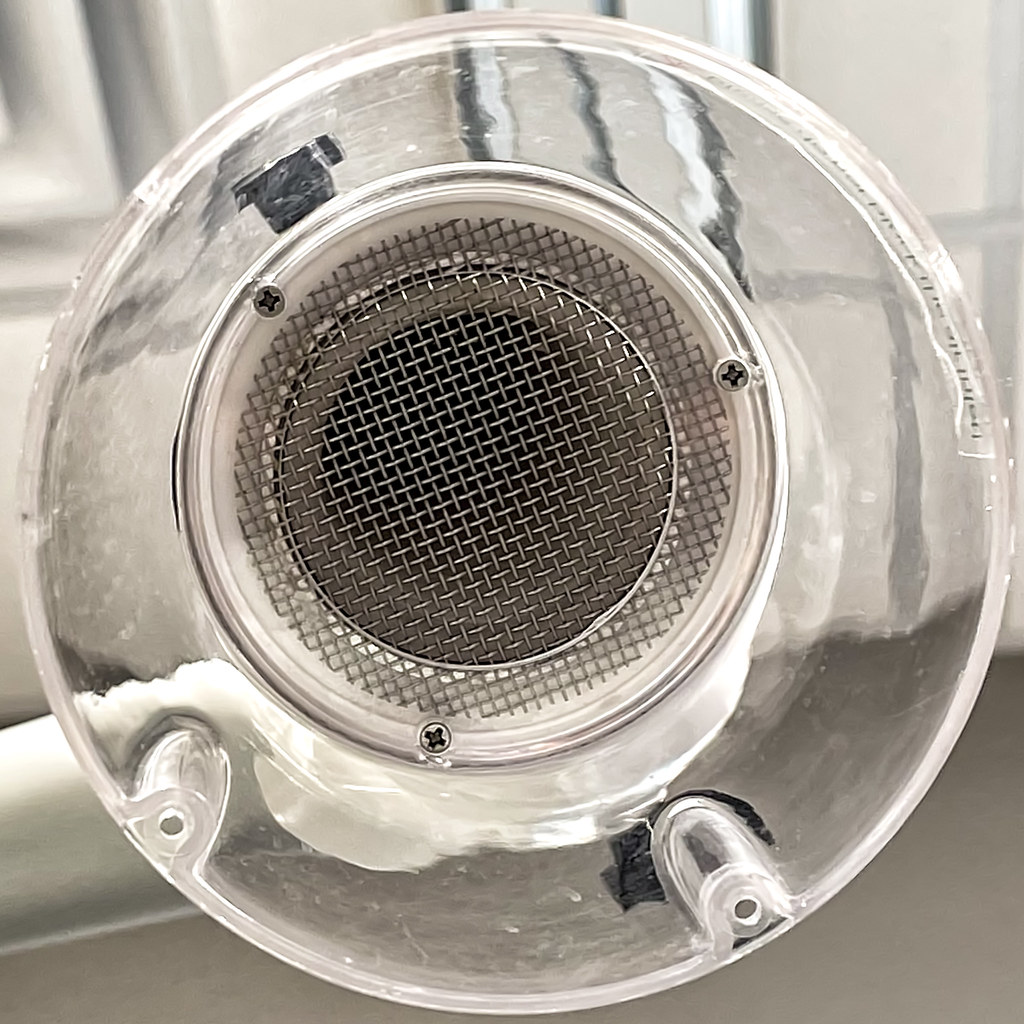
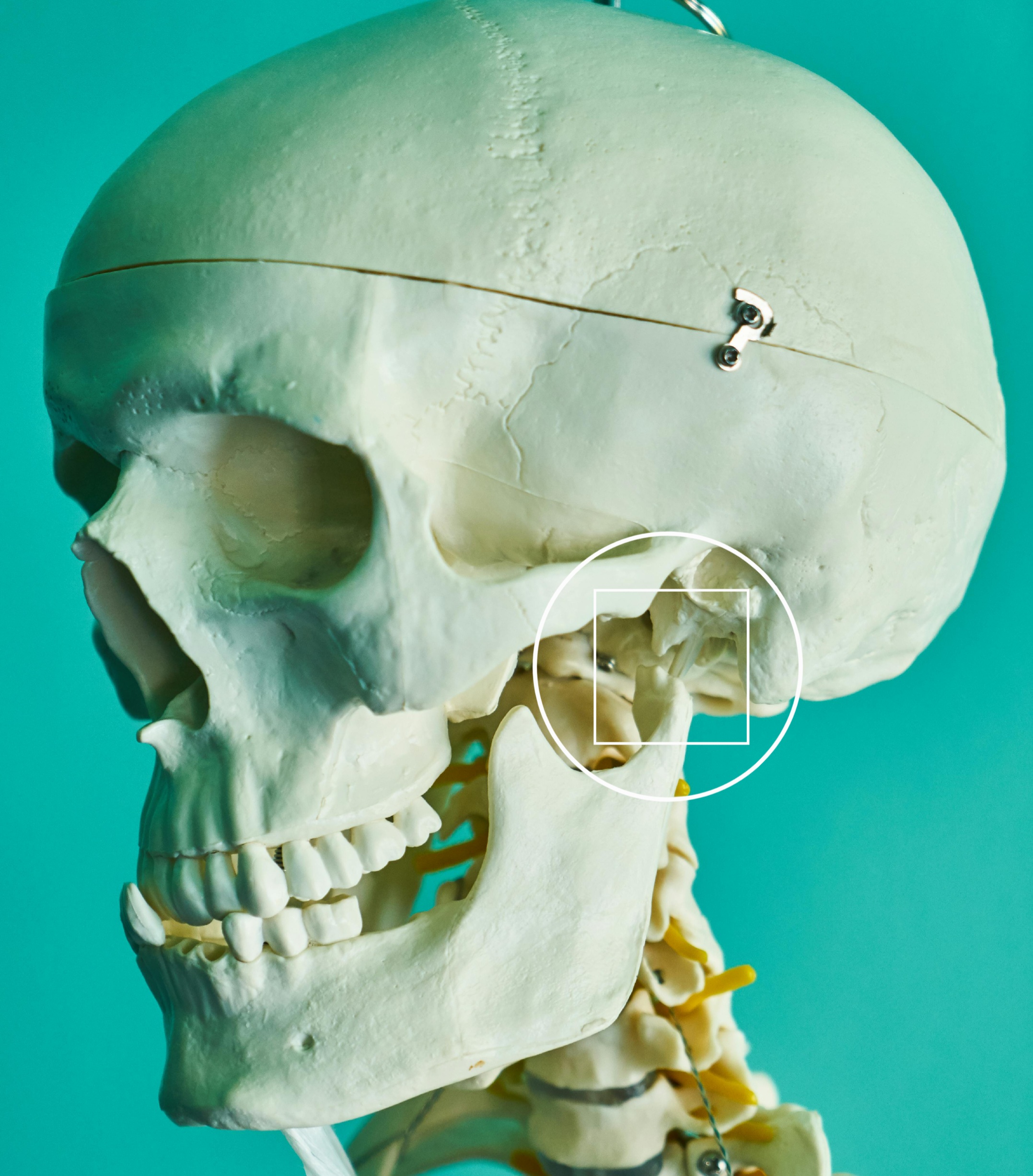

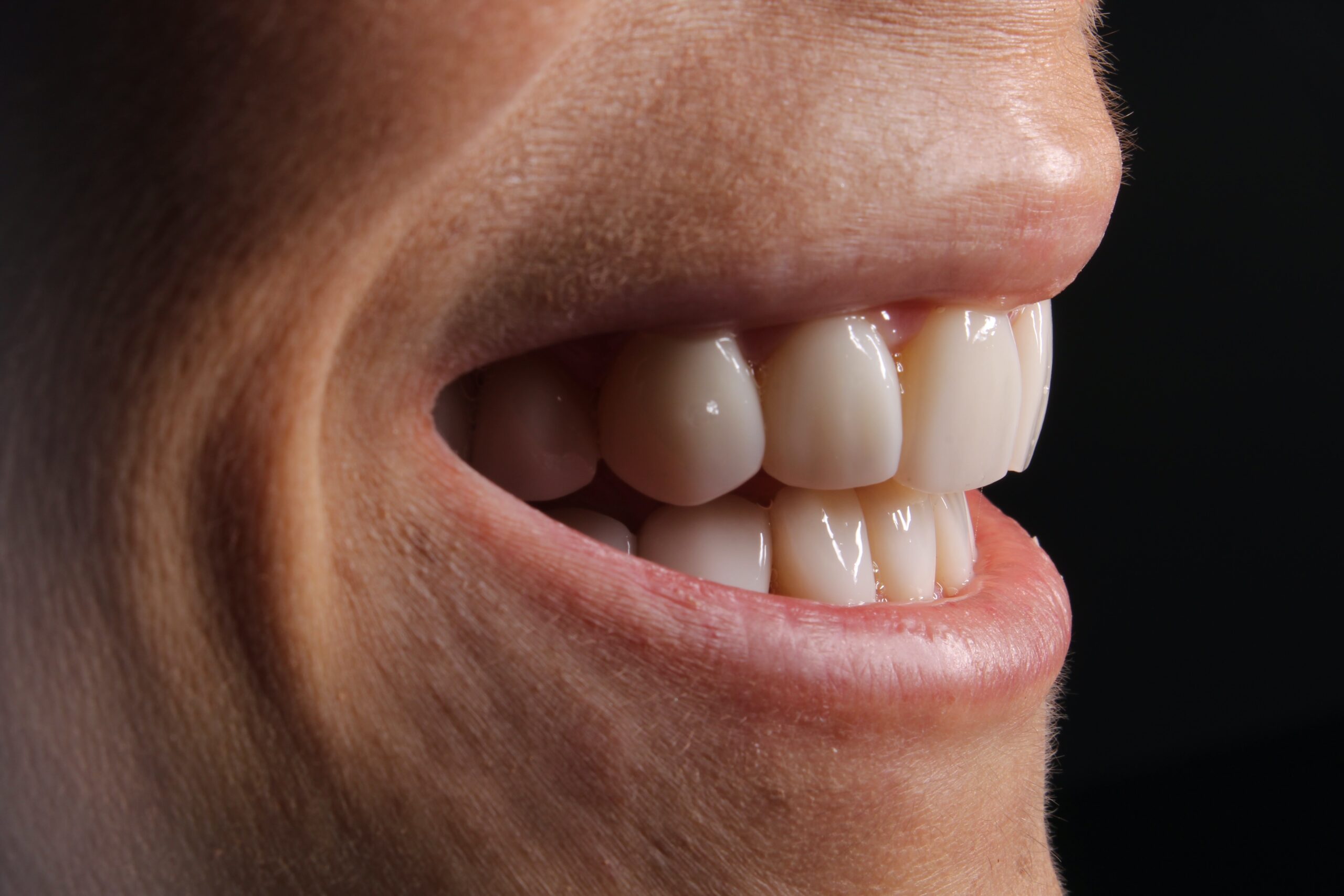
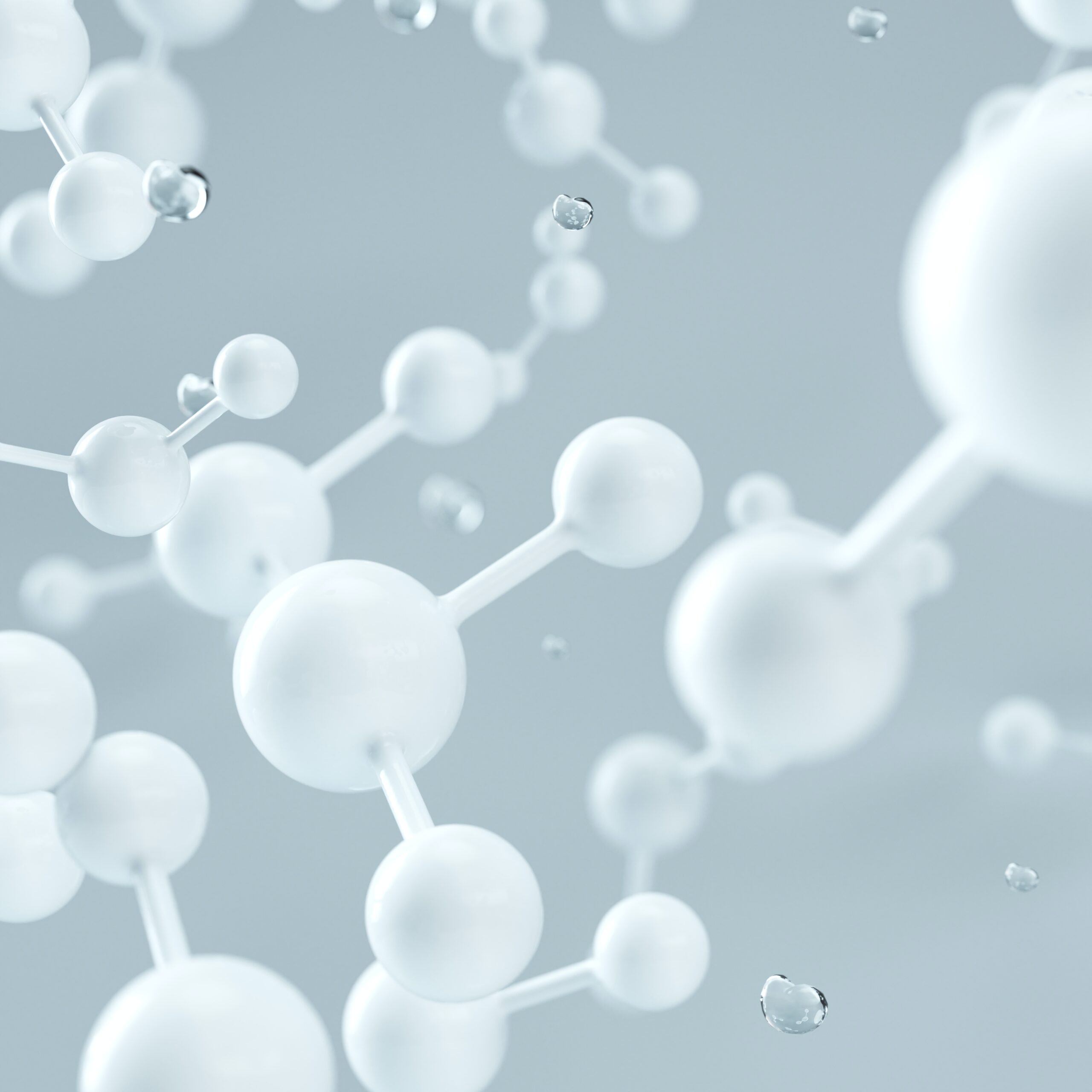




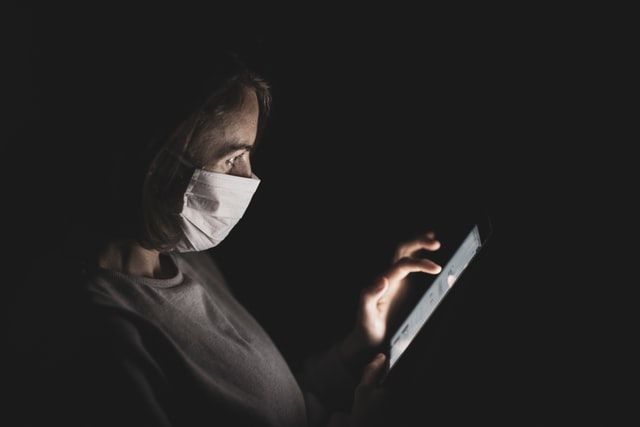
Leave a Reply